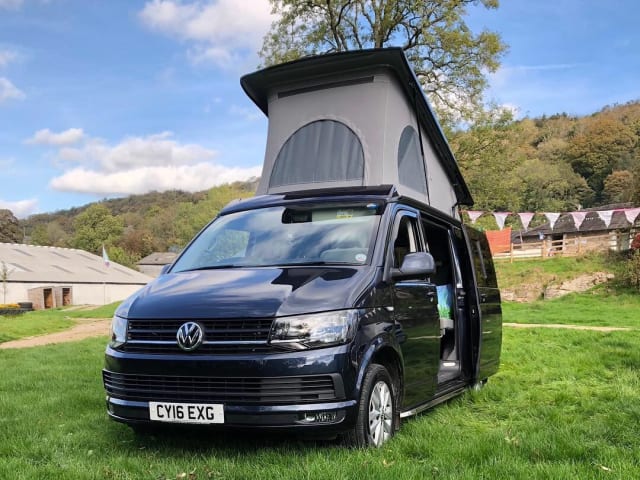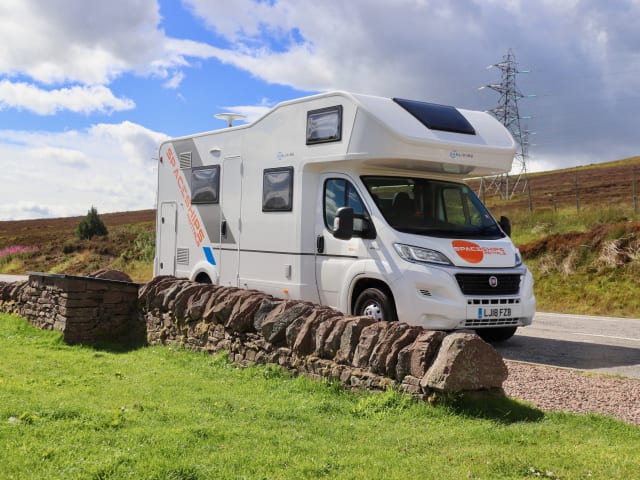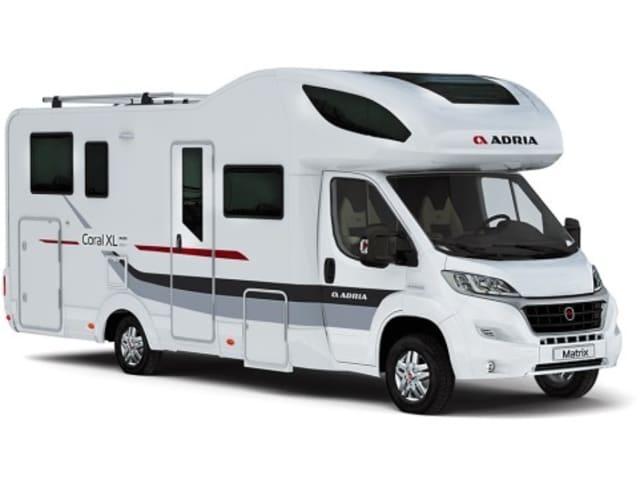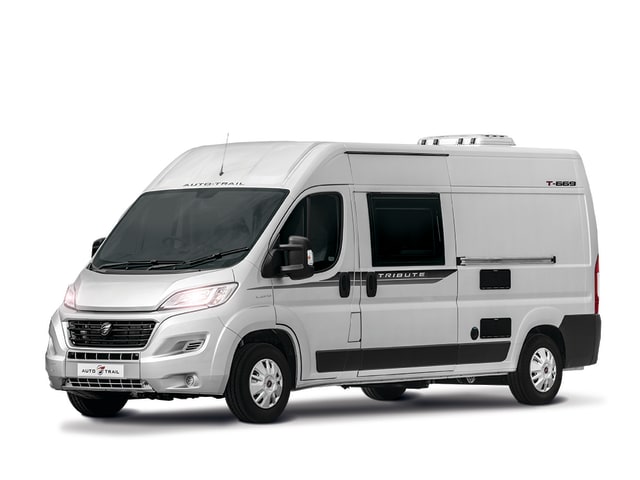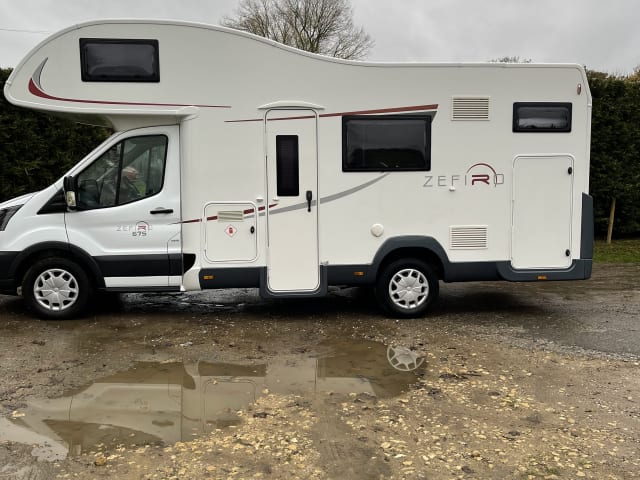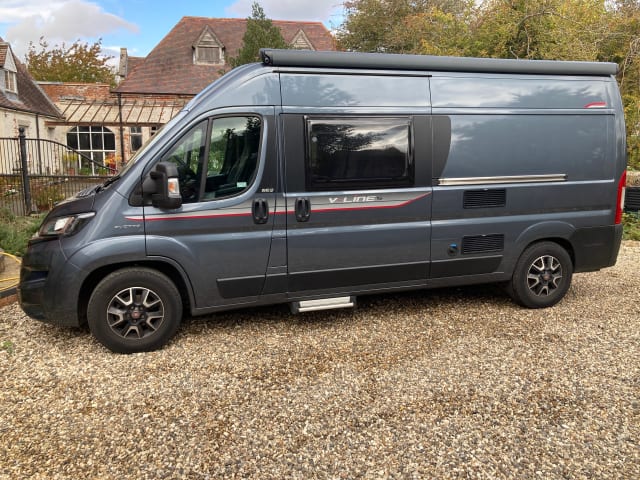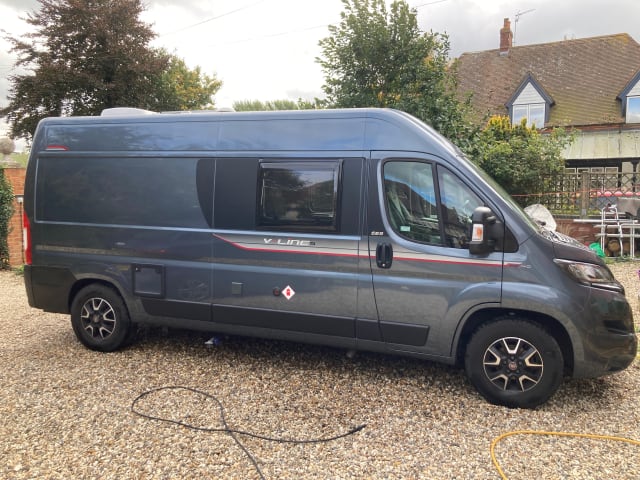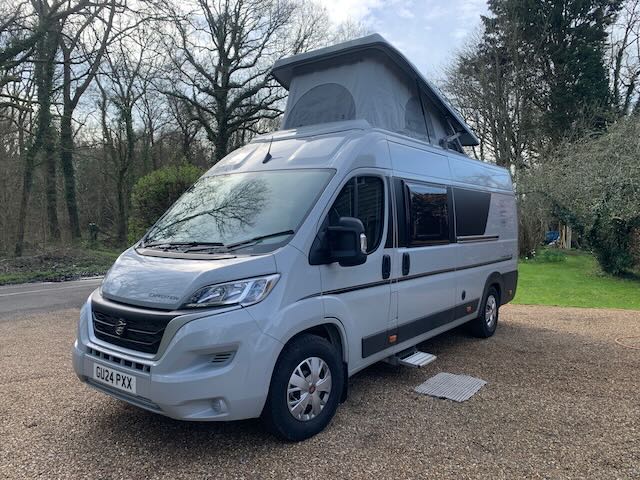Summer might be when most people are out and about in their campervans, but heading out in winter is just as rewarding. With quieter campsites, crisp morning walks, cosy evenings and plenty of campervans available often at off-peak prices, there’s a lot to love about van life during the colder months. But, if you’re planning to explore this winter, we know you probably don’t want to spend your whole trip in your campervan, so we’ve asked the experts at Snow+Rock for their top tips for winter walking.

Preparation Is Key
If you’re planning to head out on a walk in the hills through winter, it's essential you're prepared. Even if conditions are favourable when you set out, the weather can quickly change, especially on exposed ridges, so ensuring you’ve got everything you need is essential.
Know Your Route
Before setting off for a walk or hike in winter, you should familiarise yourself with the route. Harsh winter conditions can make navigation more challenging, and it’s easy to get led off course. It’s also a good idea to break your walk down into sections so you can assess each part for any potential hazards or navigational challenges and make any necessary adjustments in advance.
You need to be aware of your limits too, and always watch the weather! If poor conditions are predicted you can still get out, but it’s best to adapt your plans by sticking to lower-ground and well-marked footpaths rather than heading into the hills.
Having the right navigation gear is also essential. Most people use a GPS device to navigate, but you should always carry a map and compass as a backup. Signal can fail in more remote locations, and batteries drain quicker in cold conditions, so you need to know how to go back to basics should you need to.
Finally, you should always let someone know where you’re heading and how long you expect to be. That way, if you don’t arrive back when expected, someone can raise the alarm.
Prepare For All Weathers
Walking in winter means you’ll often face colder conditions, so your layering system is essential to help you stay warm and dry.
Start with a moisture-wicking base layer that will help regulate your temperature. Merino base layers are a good choice during the cooler months as they’re lightweight and warm, but synthetic options are quickly becoming just as effective. Next, you need an insulating mid-layer or fleece to help trap the heat and keep you warm. Finally, a waterproof outer layer will protect you from the elements and keep you dry.
Although it can be tempting to put all your layers on when you first set off, you’ll soon start to warm up once you get moving. Instead, carry a spare fleece or mid-layer in your pack, so you can add layers if you’re still cold once walking.
And don't forget accessories! A hat and a pair of gloves are essential to help keep your extremities warm and dry. Neck warmers are also a great addition as not only do they help keep you warm and plug any gaps where air can get in, but they’re incredibly versatile and can double up as a headband, sweatband or even makeshift bandage.

Emergency Kit
Once you’ve got your layering system sorted, it’s time to think about what to pack in your rucksack before heading out. One of the most important things to get right is your emergency kit, which needs tailoring to winter conditions.
As daylight is limited in winter months, a torch or head torch is a must-have for winter walking. You’ll need to pack spare batteries too, so there’s no chance you’ll get caught out in the dark.
Shelter is also essential, even if you’re only planning to head out for the day. If a few of you are walking, it may be worth packing a group shelter rather than individual bivvy bags so you can share body warmth.
Finally, pack a spare set of base layers, socks and gloves as a minimum. That way, you’ll be able to change into something dry if you end up getting wet or be able to add a layer if you just need some for extra warmth.
Specialist Winter Gear
If you’re planning a winter hike, it’s worth investing in the specialist gear you need to keep you safe, as the risk of slips and trips is greater, especially if there’s snow or ice on the ground. Ice axes and crampons can look intimidating, but they’re simple to use and provide much-needed support when hiking in wintry conditions.
You can use an ice axe to give you extra stability and gauge your footing when walking or as an anchor point when scrambling or climbing a steep slope. They’re also great for helping to arrest a fall should you slip.
Crampons attach to your walking boots and help give you extra traction and security underfoot. Which crampons you need depends on the boots you’ll be wearing, so if you’re not sure, it’s best to visit your nearest Snow+Rock store and let our in-store experts help.

Equip Yourself With The Skills
Taking a winter skills course is a great idea as it will equip you with the basics needed to transition from summer to winter walking. Many winter skill courses also cover avalanche awareness, providing you with the skills to decipher avalanche forecasts and make any necessary adjustments to your route.
There are loads of courses available across the UK, so you could even tie one in with a getaway in your campervan. What’s better than being out on the road and learning new skills along the way?
Get Geared Up With Snow+Rock
At Snow+Rock, we’re here to help you make the right choice and find the best gear for all your adventures. Whether venturing out in the depths of winter or height of summer, our in-store experts can offer advice to help you make the most of your time outdoors. Plus, don’t forget as a Goboony member, you can get 15% off in-store and online.
Don't forget to check out our guide to winter climbing, or our favourite hill walking destinations in the UK.


